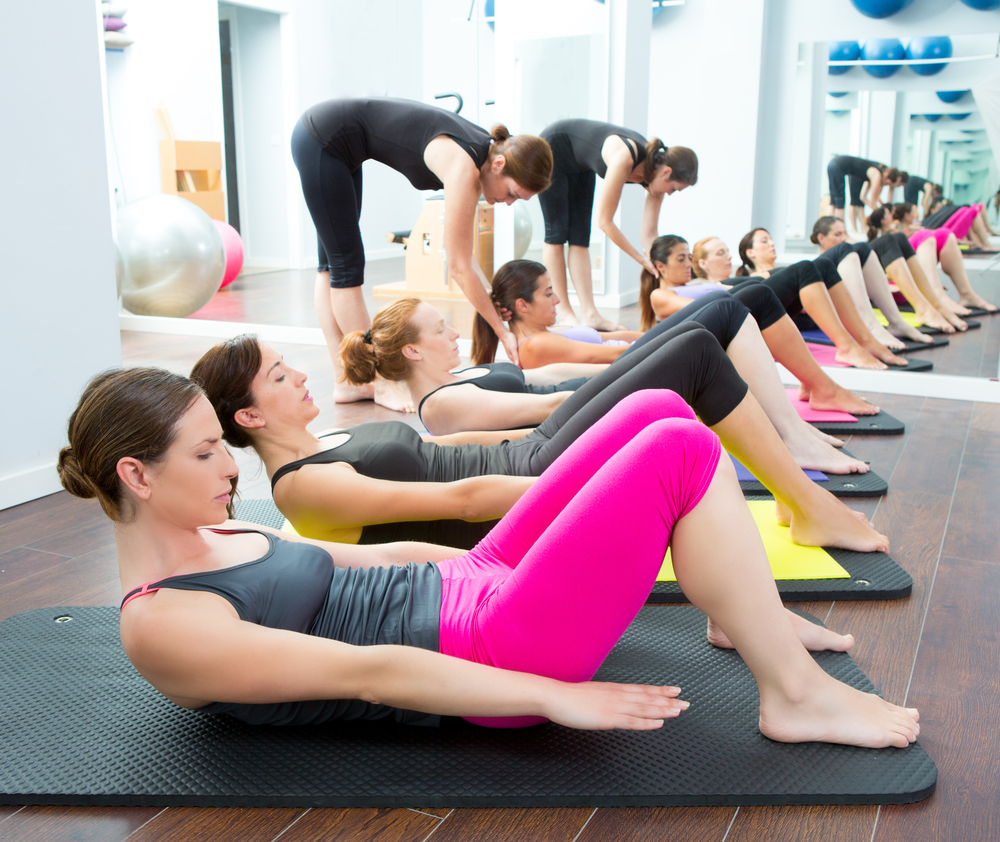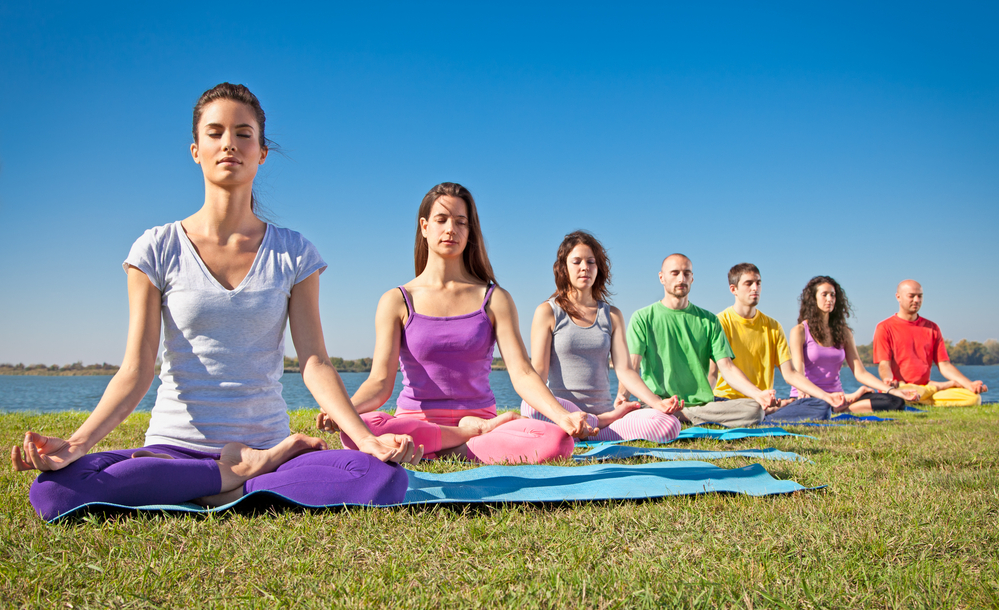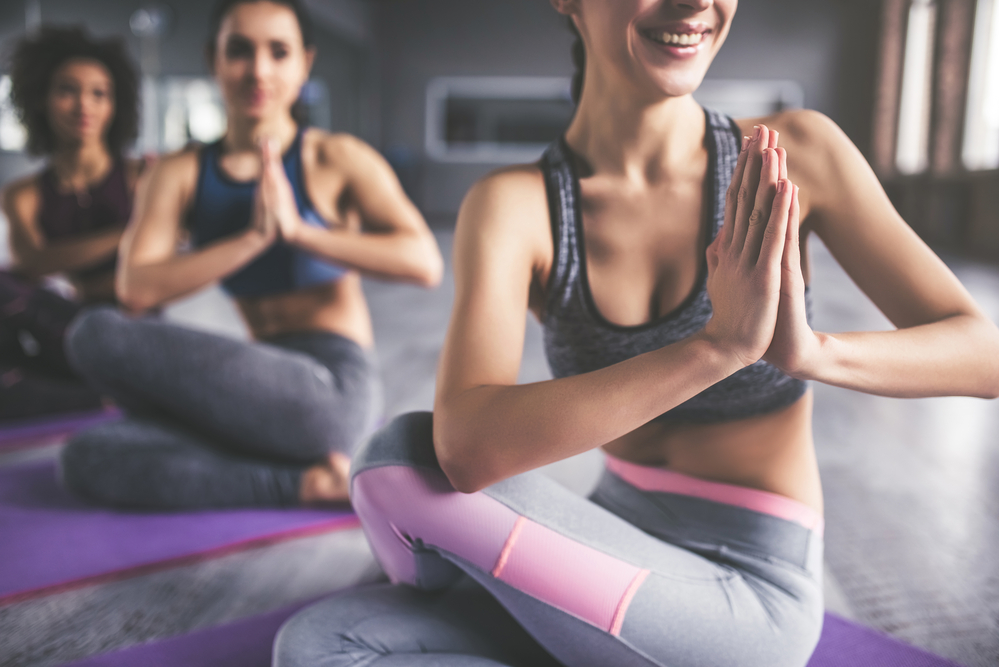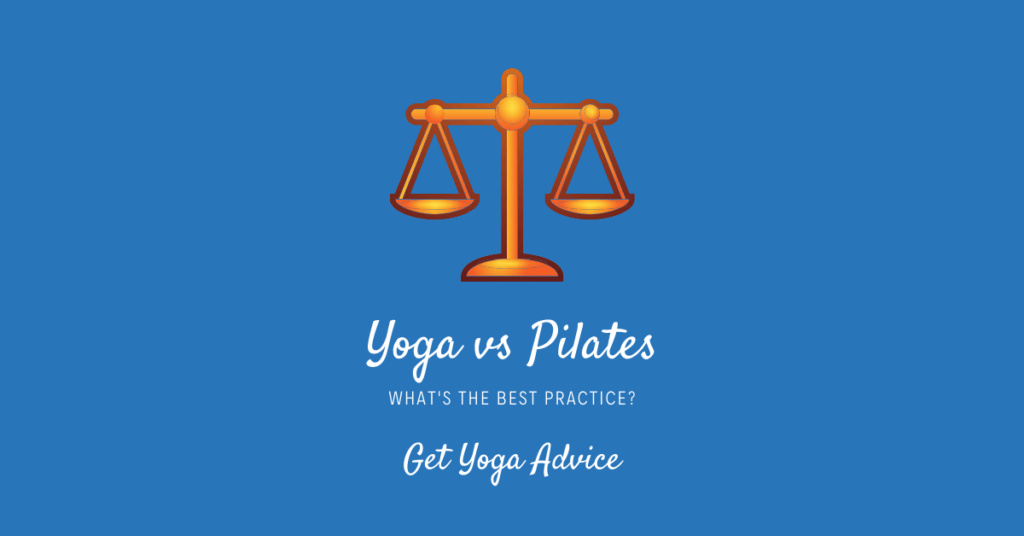Both yoga and pilates seem to offer similar workouts with a variety of benefits. Therefore, how do you choose which one is right for you? When it comes to yoga vs pilates what is the best practice?
With different variations offered at numerous studios and gyms, there is something out there for everyone. In the end, choosing yoga or pilates is dependent on what you are looking for in your workout. Therefore, what factors should you consider when trying to decide if yoga or pilates is right for you? Let’s dive into the details.
Contents
An Introduction to Yoga vs Pilates
Pilates

Joseph Pilates developed pilates at the end of World War I. It was initially used as a way to help wounded soldiers recover, and it arrived in the United States in the early 1920s. Some of the pros of pilates include:
- Pilates may help you improve your muscle strength and endurance.
- Pilates can help you adjust your posture and improve your flexibility.
- Those who practice pilates can improve their balance.
- Pilates is a great exercise routine to help you reduce your joint pain.
While these benefits are important, there are a few drawbacks to pilates as well. These include:
- Pilates is not a great cardio workout, so it might not be right for you if you are trying to lose weight.
- Pilates will improve your muscle strength and tone, but it is not going to help you bulk up in the same way as weightlifting.
If you are trying to figure out if pilates is right for you, then you should keep these pros and cons in mind. Now, let’s take a closer look at yoga.
Yoga

While the origins of yoga are less clear, it has been used in some way, shape or form for the last 3,000 years. Some people credit the origins of yoga to practices such as Buddhism, Shamanism and other religions found in the Eastern world. Yoga focuses on five core beliefs that drive its workouts. They include:
- Positive thinking and emotions.
- Focused relaxation and stress relief.
- Physical exercise.
- Breathing routines.
- A well-balanced diet.
Even though many people think of yoga as a workout routine, it is more of a lifestyle. Some of the key pros of yoga include:
- The emotional and mental focus of yoga can help you improve mental health issues and anxiety.
- The slow, deliberate exercises of yoga can help you improve your core body strength and balance.
- Yoga can help you improve your overall flexibility.
- When you combine the physical activity of yoga with its focus on diet, it can help you keep your metabolism balanced.
At the same time, there are a few drawbacks to yoga as well. These include:
- Because yoga is an exercise routine, you might end up with a pulled muscle or sprained ligament if you take a pose too far.
- If you engage in a niche yoga routine, such as hot yoga, you run the risk of dehydration or heat exhaustion.
Overall, both yoga and pilates can be done with relatively few pieces of equipment. They both help you reduce your stress and emphasize breathing. Now, let’s take a closer look at the benefit of each.
The Benefits of Pilates

You don’t require any specialized training to do pilates; however, when you are first easing into the exercise routine, it is better to do this under the supervision of an instructor.
Some of the important benefits of pilates include:
- Pilates focuses on small movements that require the use of stabilizing muscles. In this manner, you will work your back and core. This is how pilates helps you improve your posture and balance.
- Pilates also helps you focus your breathing as you use your own body weight to provide resistance. This is where the workout from pilates comes in. Because you are using nothing but your body weight, the chance of injury is low.
- Finally, because pilates is a low-impact exercise routine, it doesn’t place much stress on your joints. This is why pilates is not only a low-risk activity but can also be used to treat people with joint pain.
Some of the situations in which pilates might be appropriate include:
- Individuals recovering from acute injuries such as bone fractures or joint sprains.
- Those who suffer from chronic medical conditions such as arthritis.
- Individuals with chronic respiratory conditions who might have trouble engaging in other exercise routines.
- Those looking for help with back pain.
At the same time, it is important to remember that pilates is not a cardio exercise routine. Therefore, you will not burn many calories, making this the wrong exercise routine for weight loss. In addition, because pilates is a low-resistance activity, it will not help you bulk up in the same manner as weightlifting.
The Benefits of Yoga

Similar to pilates, you will not require any advanced equipment to perform yoga. Some of the main benefits of yoga include:
- Yoga focuses on holding specific poses, which is great for your muscle tone. This will lengthen your muscle fibers and improve your flexibility.
- Yoga focuses on the relationship between the mind and the body. As a result, you will notice improved energy and vitality.
- Yoga focuses on building strength in small, stabilizing muscles. This will provide added protection for your joints, preventing future injuries.
You will benefit from yoga if:
- You want to improve your flexibility and prevent injuries.
- You want to focus on the relationship between the mind and the body.
- You want to improve both your mental health and physical health at the same time.
Remember that you should ease into yoga. Trying advanced yoga too quickly could lead to injuries. Furthermore, remember to stay properly hydrated. Cardio yoga, hot yoga and other niche forms of yoga may lead to dehydration and heat exhaustion.
The Final Word on Yoga vs Pilates
In the end, if you are looking for a low-impact exercise routine that focuses on subtle movements that improve balance while you recover from injuries, then pilates is better for you. If you are looking for a well-rounded exercise routine that focuses on both the mind and the body, then you might want to choose yoga.
When thinking about the benefits of pilates vs yoga, remember that:
- Both yoga and pilates require little-to-no equipment.
- Pilates was initially designed to help people who were recovering from injuries and wounds.
- There are multiple types of yoga, allowing you to tailor your routine to the needs of your body.
Consider your needs and compare them to the benefits of yoga and pilates. Then, select the one that meets your needs the best.



